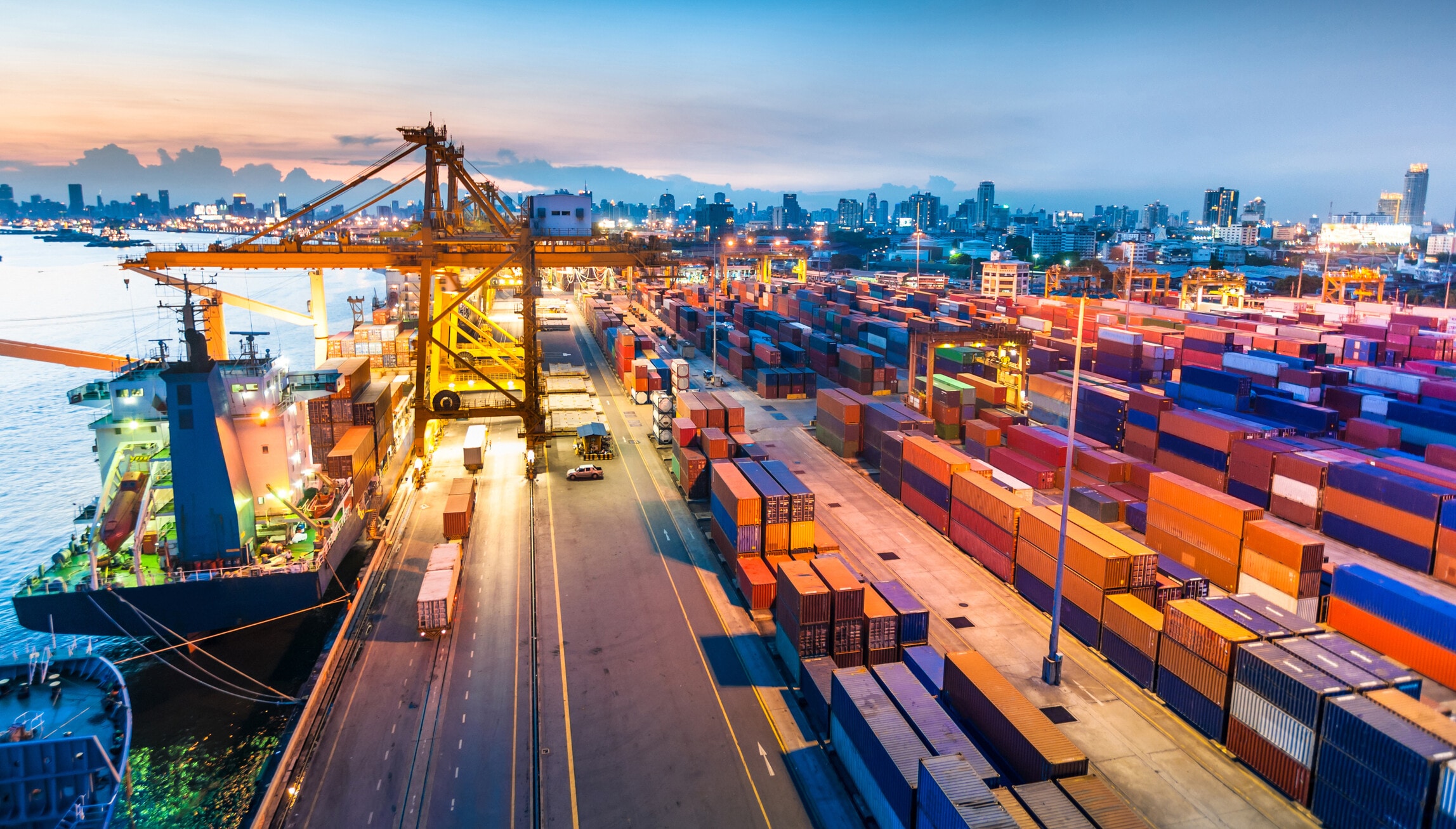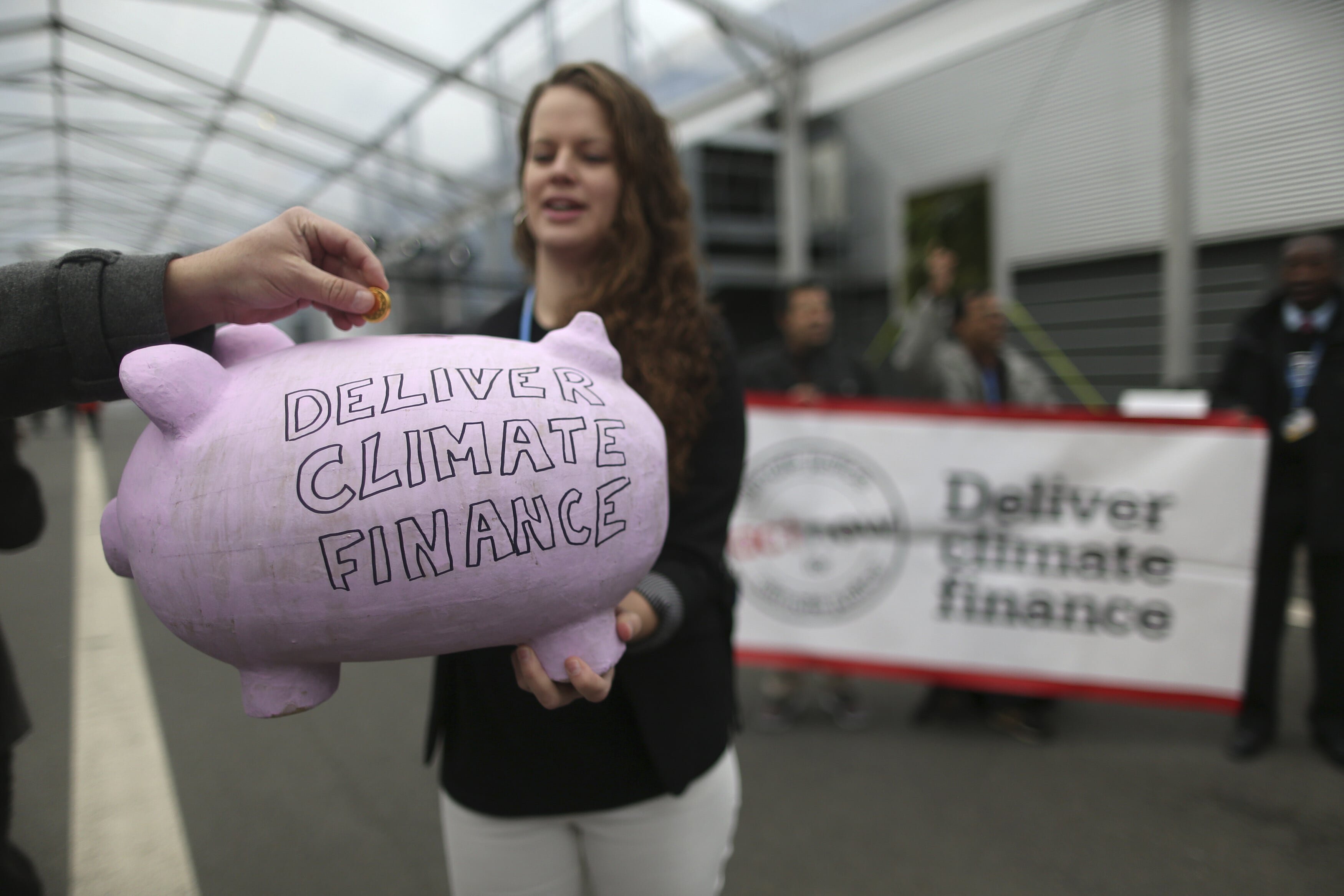How should southern Africa prepare for El Niño?
Stay up to date:
Fresh Water
This article is published in collaboration with The Conversation.
Southern Africa is in for a bumpy, dry ride. There is a 50% chance of a drought occurring this summer that could have an impact on the whole region which still bears the effect of last year’s drought. Any new drought will have a compounding effect.
During the 2014-15 southern hemisphere summer southern Africa suffered one of the worst-ever droughts. This severely affected the agricultural sector as well as the economies of the countries in the region. In addition, the drought seriously depleted water reserves.
The current drought in the region is as a result of a powerful El Niño event. El Niño is a natural and periodic phenomenon that comes back every three to five years and can last forup to two years. It increases temperatures in the Pacific and Indian Ocean which in turn can cause drought conditions.
During 2015 the Pacific became even warmer leading to one of the strongest El Niño events ever observed. Research shows that eight of the ten strongest droughts in southern Africa since 1900 occurred during the mature phase of El Niño. It has also been noted that El Niño events have led to a severe drought half of the time they occurred.
The effect of El Niño on droughts has been exacerbated over the past 50 years. This has been because continental and oceanic temperatures have risen globally but not uniformly during due to the increase in carbon dioxide.
El Niño events leading to droughts in the region have been particularly marked since the late 1970s. Most have occurred between December and March. Recent studies show that El Niño has affected summer rainfall with increased dry spells, reductions in the flux of moisture from the Indian Ocean to the continent, and by shifting large scale rain bearing systems to the Indian Ocean.
Successive droughts over the last century
Over the last century, southern Africa has suffered from dramatic year-on-year changes in climate leading to severe droughts and disturbance in the marine or terrestrial ecosystems. Such variability of climate affects the agricultural industry, water reserves, fisheries and as a result the broader economy. It also affects the flow of water in streams, vegetation and the fluxes of nutrients into the ocean.
It has a particularly detrimental effect on:
- rural subsistence farmers and fishermen;
- the health of people in rural areas; and
- the management of a sustainable natural environment.
During the last decades research projects have shed a great deal of light on how the oceans can influence the climate of southern Africa. But more research is needed to find out the effects of El Niño. Two critical questions in particular need to be answered:
- why does El Niño sometimes not lead to drought; and
- why a weak El Niño can trigger a severe drought while a strong El Nino can trigger a less severe drought.
In addition, more information needs to be gathered on how natural climate events such as El Niño and climate change interact. And there is a serious need to improve our understanding of the impact these large scale variations have on smaller scales. We must also keep in mind that describing the nature of climate variability’s impact is essential to being able to anticipate future climate changes and the need to define adaptation strategies.
Given that El Niño does not result in a drought 100% of the time, it is important to establish what measures should be taken in the case of a risk of drought. This would enable countries to prepare for major disturbances which are increasing in frequency as a result of climate change.
El Niño could have dramatic consequences for southern Africa. Food shortage, famine, unrest, economic hardship and further decrease of the gross national product. Hopefully the region will not be hit as hard as it was in the 1997-98 El Niño effect. But we shouldn’t gamble on that.
It is imperative for countries, and individual citizens, to take preventive measures for what is now known to be a recurring pattern in southern Africa. This includes selling cattle, restricting water, fixing leaks, planting drought resistant crops and getting ready for a drought.
Publication does not imply endorsement of views by the World Economic Forum.
To keep up with the Agenda subscribe to our weekly newsletter.
Author: Mathieu Rouault is Associate professor in the Dept. of Oceanography at University of Cape Town.
Image: A woman fetches drinking water from a well along a dry Chemumvuri river near Gokwe, Zimbabwe, May 20, 2015. REUTERS/Philimon Bulawayo – RTX1E5QX
Don't miss any update on this topic
Create a free account and access your personalized content collection with our latest publications and analyses.
License and Republishing
World Economic Forum articles may be republished in accordance with the Creative Commons Attribution-NonCommercial-NoDerivatives 4.0 International Public License, and in accordance with our Terms of Use.
The views expressed in this article are those of the author alone and not the World Economic Forum.
Forum Stories newsletter
Bringing you weekly curated insights and analysis on the global issues that matter.
More on Climate ActionSee all
Tom Crowfoot
July 30, 2025
Wee Kean Fong and Yvonne Zhou
July 29, 2025
Pranidhi Sawhney and Adam Skali
July 29, 2025
David Carlin and Sourajit Aiyer
July 28, 2025
Nasim Pour, Sebastien Cross and Joel Gould
July 28, 2025
Michael Wang
July 28, 2025





